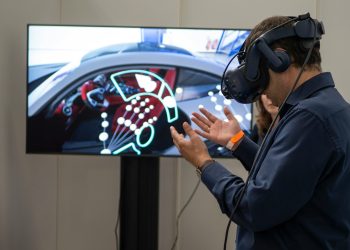Augmented Reality (AR) and Virtual Reality (VR): Revolutionizing Industries and Enhancing Human Experiences
Augmented Reality (AR) and Virtual Reality (VR) are not just buzzwords; they're transforming entire industries and redefining human experiences





